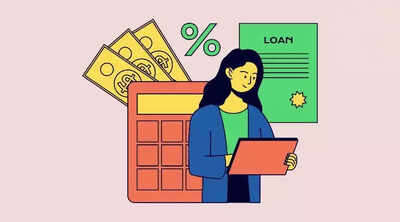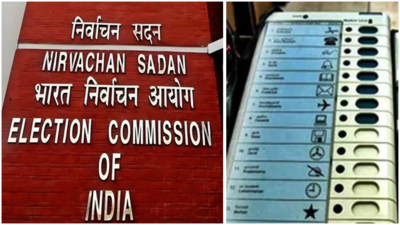Student loan interest resumes on August 1: What 7.7 million SAVE plan borrowers need to know

From August 1, interest will start accruing again on federal student loans under the SAVE repayment plan, affecting more than 7.7 million borrowers across the United States. The move comes after nearly a year-long pause in interest, prompted by legal challenges and policy uncertainty surrounding the Biden-era student loan reform.With SAVE now set to be phased out over the next few years, and new repayment rules in place, borrowers must reassess their repayment strategies to avoid unexpected debt growth.
Why interest is returning
The Education Department had paused interest and payments for SAVE borrowers in response to lawsuits challenging the legality of the program. But a court injunction has forced the department to resume charging interest, even though borrowers are not yet required to resume monthly payments.This means that while SAVE enrollees can remain in the plan for now, their balances will start increasing due to accumulating interest, starting August 1.
The SAVE plan is being phased out
The SAVE plan, introduced in 2023 as a more generous income-driven repayment (IDR) option, is being formally ended under a new tax law signed this month.Under the new law:
- New borrowers won’t be allowed to join SAVE after July 1, 2026.
- Existing enrolees will be required to exit the plan by July 1, 2028.
This phase-out could happen even sooner if federal courts rule against the program in the ongoing lawsuits filed by Republican-led states.
What repayment options will replace SAVE?
Two new plans are being introduced to replace SAVE for future borrowers:The Standard Plan will stretch payments across 10 to 25 years, based on how much the borrower owes. Those with lower debt will repay over a shorter period, while high-debt borrowers may have terms extending to 25 years.The Repayment Assistance Plan (RAP) will base payments on total income, ranging from 1 to 10 percent. Unlike SAVE, this plan introduces a minimum payment of $10 per month and eliminates the zero-payment option for low-income borrowers. It also offers partial interest waivers and small monthly forgiveness, but full forgiveness will only be granted after 30 years of repayment.
What should current SAVE borrowers do?
Current borrowers have a few options. They can continue under SAVE for now but should be aware that interest will now grow even if payments are postponed. Borrowers nearing forgiveness thresholds—especially under public service programs—may benefit from switching to a different plan to keep progressing toward cancellation.Alternatives like Income-Based Repayment (IBR), Pay As You Earn (PAYE), and Income-Contingent Repayment (ICR) remain open for now. However, after July 2028, only IBR will be available to those who remain in the federal loan system.
For public service workers pursuing loan forgiveness
Borrowers working in public service or nonprofit sectors and aiming for forgiveness through the Public Service Loan Forgiveness (PSLF) program need to ensure they are in a qualifying repayment plan. Months spent in SAVE’s forbearance do not currently count toward PSLF. However, the Department of Education is offering a “buyback” option that allows borrowers to retroactively earn PSLF credit by making a lump-sum payment for those missed months.This option may be particularly relevant for those nearing the 120-payment requirement.
What borrowers should do now
Borrowers are encouraged to check their loan status on studentaid.gov and consider switching to a more stable repayment plan if SAVE no longer aligns with their financial goals. Those who submitted IDR applications between July 2024 and April 2025 may need to resubmit their forms due to technical and legal changes.There is also a backlog of over 1.5 million IDR applications, which may slow down processing times. Being proactive now can help avoid higher interest charges and delays in receiving credit toward loan forgiveness.
In summary
The return of interest on August 1 marks a turning point for the SAVE plan and its borrowers. With the program’s future now limited, understanding available alternatives and acting early can help borrowers manage repayment more effectively and avoid unexpected debt accumulation in the coming years.TOI Education is on WhatsApp now. Follow us here.





